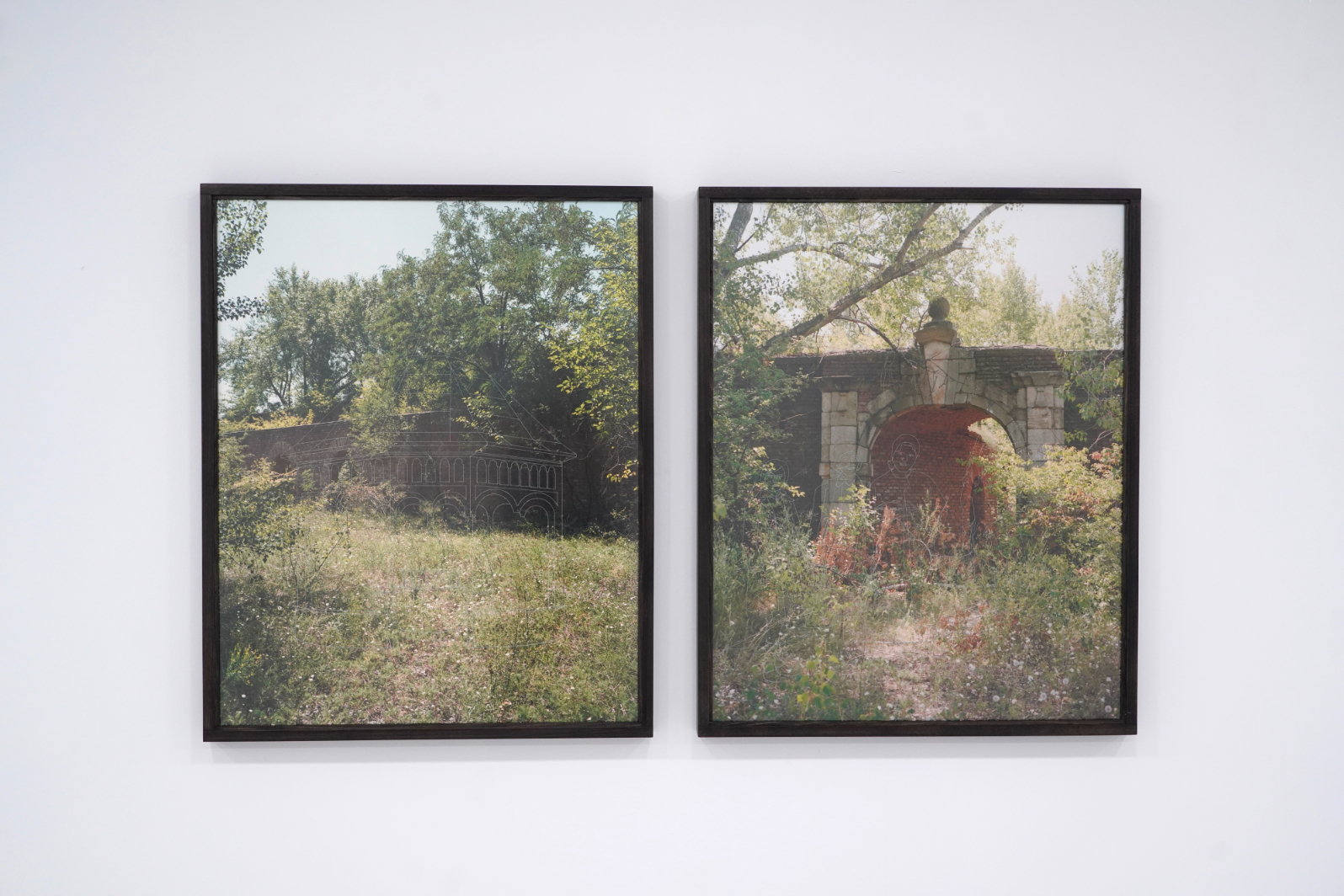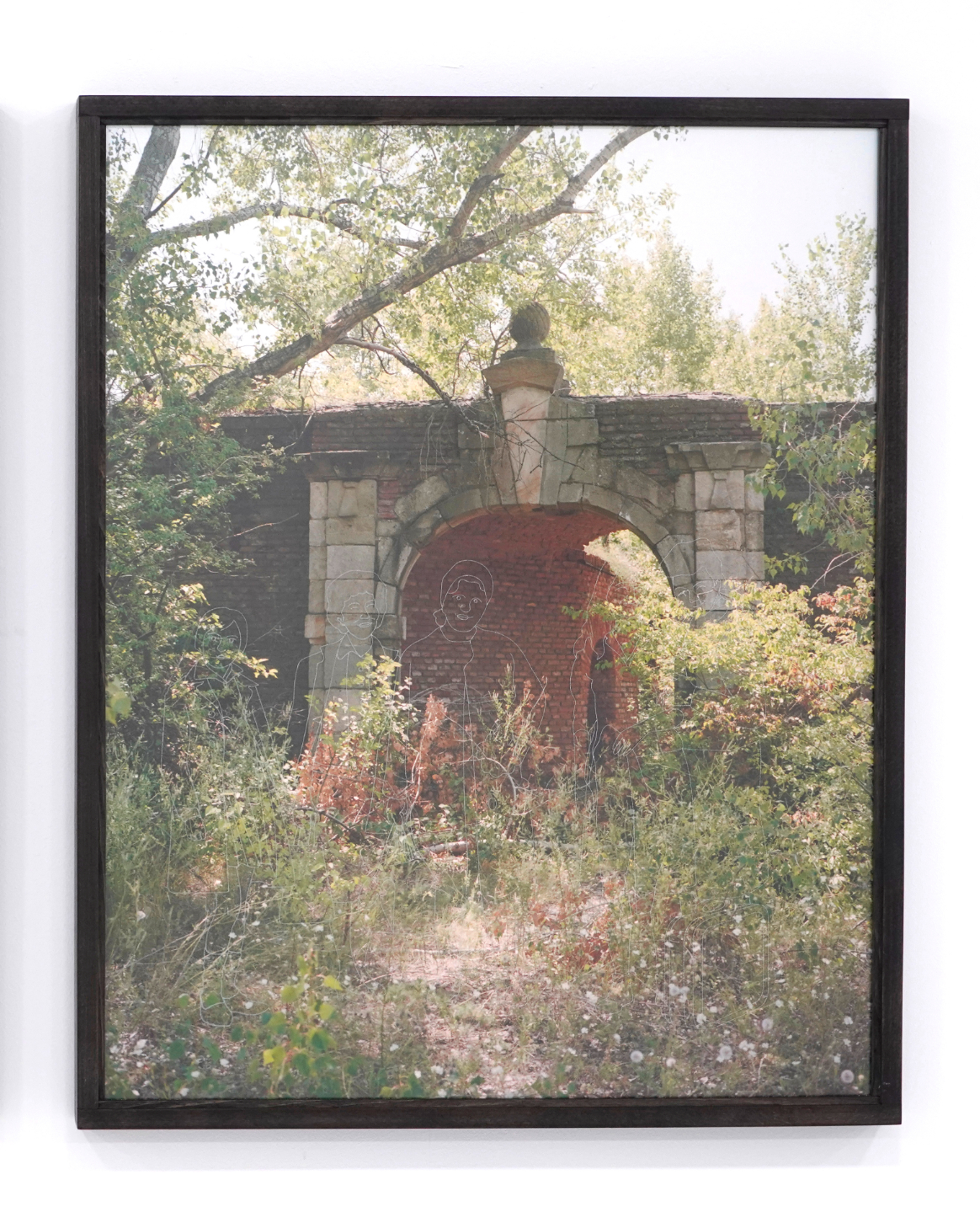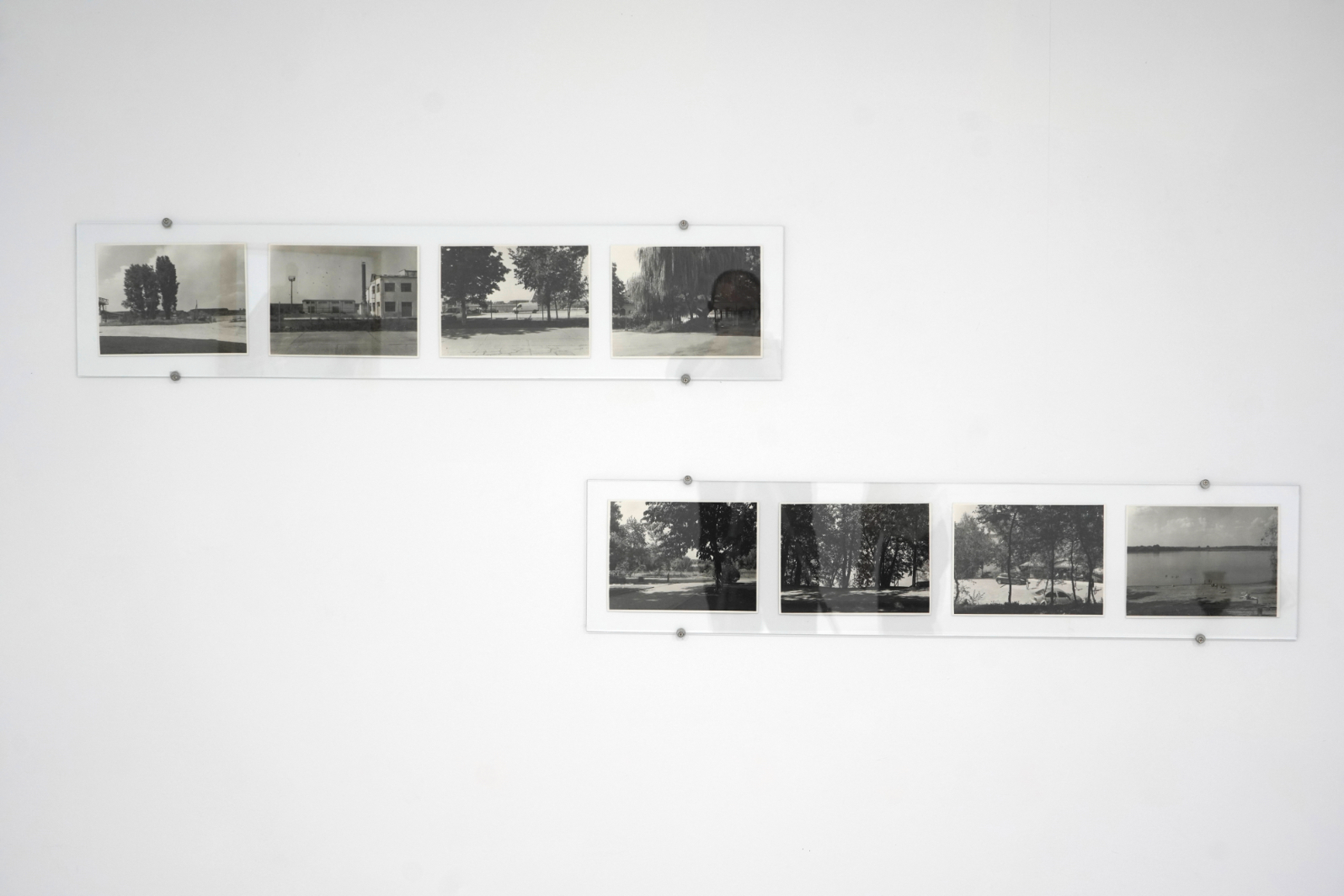













Lucian Bran
From Centuries Ago to Eons to Come
March 30 - June 26, 2021
The exhibition "From Centuries Ago to Eons to Come" explores the concept of migration by connecting two contrasting islands along the Danube: Ada Kaleh, a submerged island rich in history, and Insula K, a nascent landmass emerging from the river's flow.
Ada Kaleh, once called "the Key to Serbia, Hungary, and Romania" by the Ottomans, has a storied past. First mentioned by Herodotus, it was inhabited by Teutonic Knights in the 15th century and became a point of contention between the Austro-Hungarian and Ottoman Empires for over two centuries. In 1923, under the Treaty of Lausanne, Ada Kaleh declared independence and subsequently joined Romania. Tragically, the island was submerged in 1970 during the construction of the Iron Gates hydroelectric plant. While the communist regime attempted to relocate its population and rebuild much of Ada Kaleh on Șimian Island downstream, this effort failed. The majority of its inhabitants, known in Serbian as the residents of "Orsovostrvo," dispersed—most settling in Dobrogea, with others moving to nearby towns.
The exhibition delves into the “geophilosophical” dynamics of deterritorialization and reterritorialization, tracing the physical and conceptual shifts of these territories. Once known as the "Jewel of the Danube," Ada Kaleh’s legacy persists through the earth it once comprised. The river continues to carry its soil downstream, depositing it at the Sulina branch's mouth in Musura Bay. Here, the dark sediment of the Danube mingles with the yellow sands of the Black Sea, forming Insula K—a small, evolving landmass. For now, this emergent island serves as a transient refuge for migratory birds, standing symbolically between the lost Ada Kaleh and the Turkish shores of the Black Sea.
The works presented in the exhibition are the result of artistic research that documents, through images, objects, and installations, the physical and conceptual transitions of territories in constant flux.
Lucian Bran, b. 1981, lives and works in Bucharest. Solo shows: Borderline Art Space, Iași (2019) Galeria Posibilă, Bucharest (2015), Museum of Municipal Engineering – Krakow Photomonth – Show OFF (2014). Group shows: National Museum of Contemporary Art, Bucharest (2018), Salonul de Proiecte Bucharest (2016). He was selected at Plat(t)form – Fotomuseum Winterthur (2019) and nominated for The Unseen ING Talent Award (2016). Publications: Borrowed Territories, ed. Galeria Posibila (2016), Săgeată, floare, foc, CDFD Grants (2018).